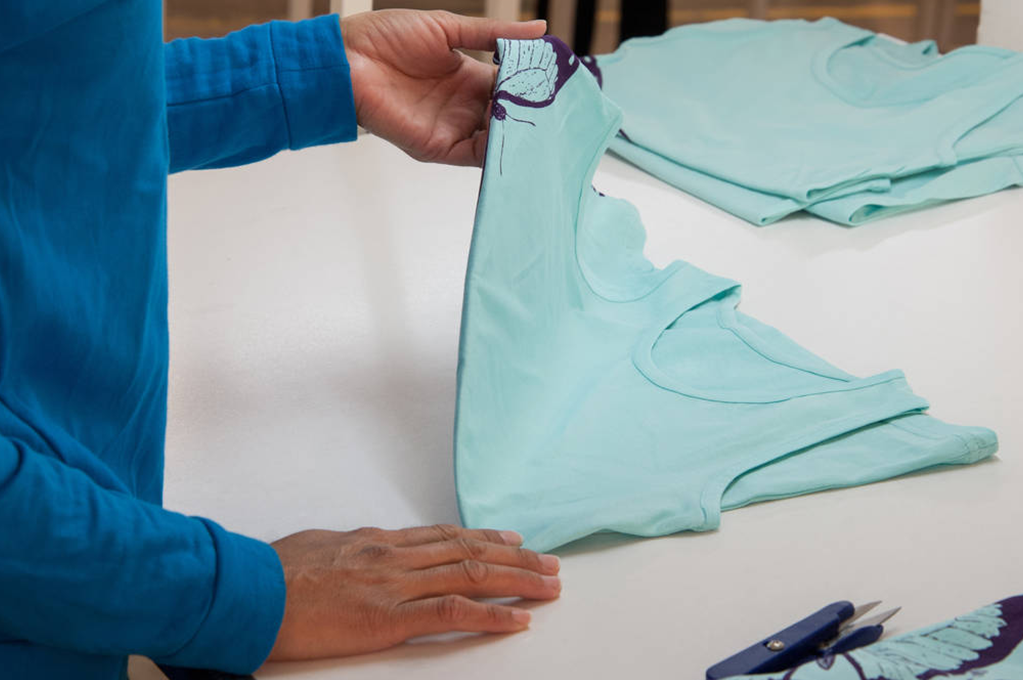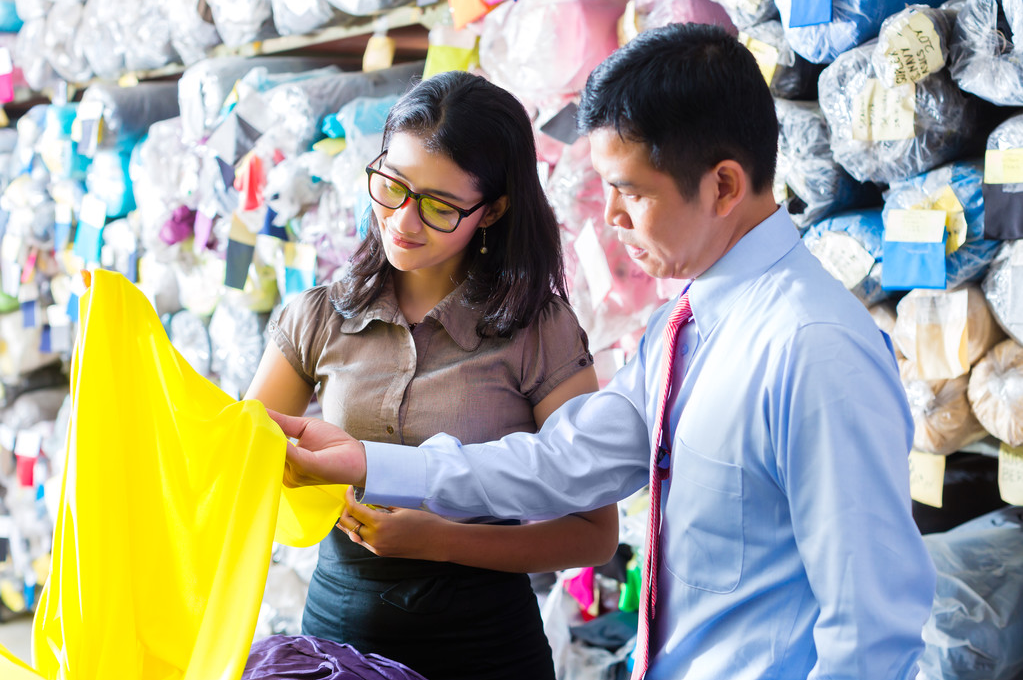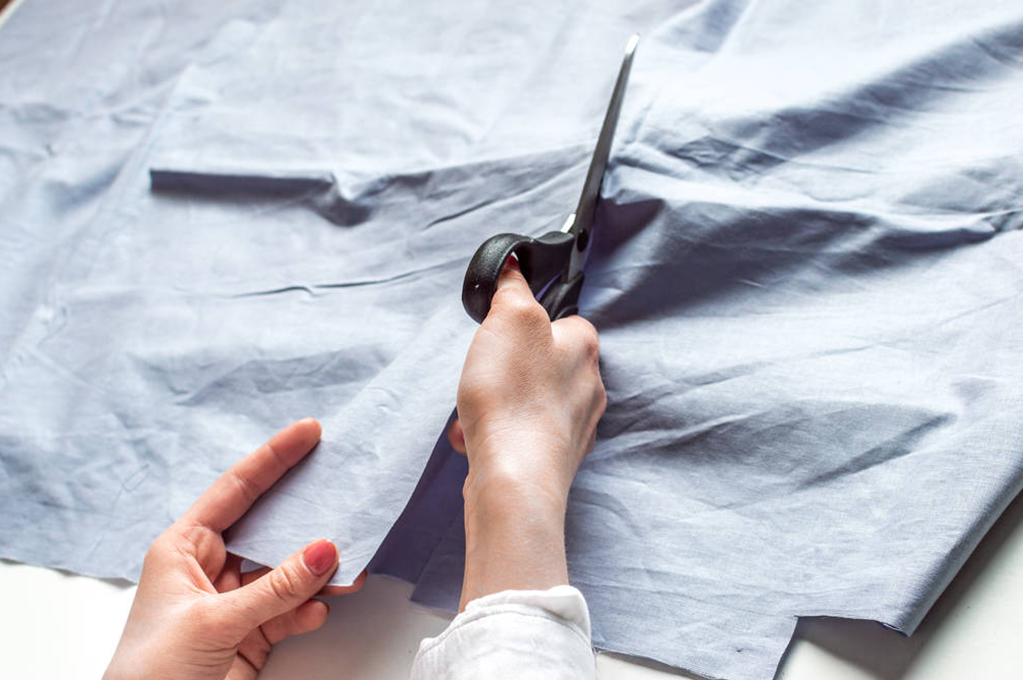The Steps to Production Supervision :A Comprehensive Guide
Production supervision is a crucial stage in ensuring the quality and compliance with specifications of imported clothing. Effective supervision can prevent costly errors and delays, ensuring that the final product meets your standards and expectations. This is a guide for production supervision, helping you understand the process of supervising the production of imported clothing
Step 1: Establish Quality Standards
Before production begins, it is essential to establish clear quality standards and communicate them to your supplier:
- Detailed Specifications: Provide detailed specifications for each garment, including fabric types, colors, measurements, and any special features or branding requirements.
- Samples Approval: Approve samples of the garments to ensure that the final product matches your expectations. This step is crucial for confirming the look and feel of the clothing.
Step 2: Set Up Regular Inspections
Regular inspections during the production process help catch issues early and prevent them from escalating:
- Initial Production Inspection (IPI): Conduct an IPI to verify that the correct materials and components are being used and that the production setup meets your standards.
- During Production Inspection (DPI): Schedule DPIs at different stages of production to check the quality of workmanship, fit, and finish of the garments.
- Pre-Shipment Inspection (PSI): Perform a PSI to inspect the finished products before they are packed and shipped. This inspection should confirm that the garments comply with all your specifications and quality standards.

Step 3: Engage Third-Party Inspectors
Hiring third-party inspectors can provide an objective assessment of the production quality:
- Professional Expertise: Third-party inspectors bring professional expertise and impartiality to the inspection process, ensuring that standards are met.
- Customized Inspection Plans: Work with the inspector to develop a customized plan that addresses the specific needs and requirements of your order.
Step 4: Implement Quality Control Processes
Implementing quality control processes can help maintain consistent quality throughout the production cycle:
- Quality Assurance Teams: Ensure that the supplier has dedicated quality assurance teams on-site to monitor the production process continuously.
- Process Documentation: Require the supplier to document each step of the production process, including any quality checks performed, to maintain transparency and accountability.
Step 5: Communicate Regularly with the Supplier
Maintaining open lines of communication with the supplier is essential for addressing any issues promptly:
- Regular Updates: Request regular updates from the supplier on the production status and any challenges encountered.
- Prompt Feedback: Provide prompt feedback on inspection reports and address any non-compliance issues immediately.

Step 6: Address Non-Conformance Issues
If any issues are identified during the production process, it is important to address them quickly:
- Corrective Actions: Work with the supplier to implement corrective actions to resolve any quality issues found during inspections.
- Re-inspection: Re-inspect the corrected products to ensure that the issues have been resolved satisfactorily.
Step 7: Monitor Shipment Preparation
Before the shipment leaves the factory, ensure that all necessary steps are taken to prepare the goods for safe transport:
- Packing Compliance: Verify that the garments are packed according to your instructions and comply with shipping regulations.
- Documentation: Ensure that all necessary shipping documents, such as invoices and packing lists, are prepared correctly.
Step 8: Post-Shipment Verification
Even after the goods have been shipped, it is important to verify the condition of the garments upon arrival:
- Unloading Inspection: Inspect the garments once they have arrived at their destination to confirm that no damage occurred during transit.
- Final Acceptance: Provide final acceptance of the goods only after verifying that they meet all your quality standards and contractual obligations.
Production supervision is a critical component of the import process, ensuring that the clothing you receive meets your standards and specifications. By establishing clear quality standards, setting up regular inspections, engaging third-party inspectors, implementing quality control processes, maintaining open communication with the supplier, addressing non-conformance issues, monitoring shipment preparation, and conducting post-shipment verification, you can effectively manage the production of imported clothing. This approach not only helps in delivering high-quality products to your customers but also builds a strong and lasting relationship with your supplier.
I hope this article can help you further understand the steps for importing clothing from China. If you want to learn more about importing clothing and transportation from China, you can visit our homepage or contact us directly!

